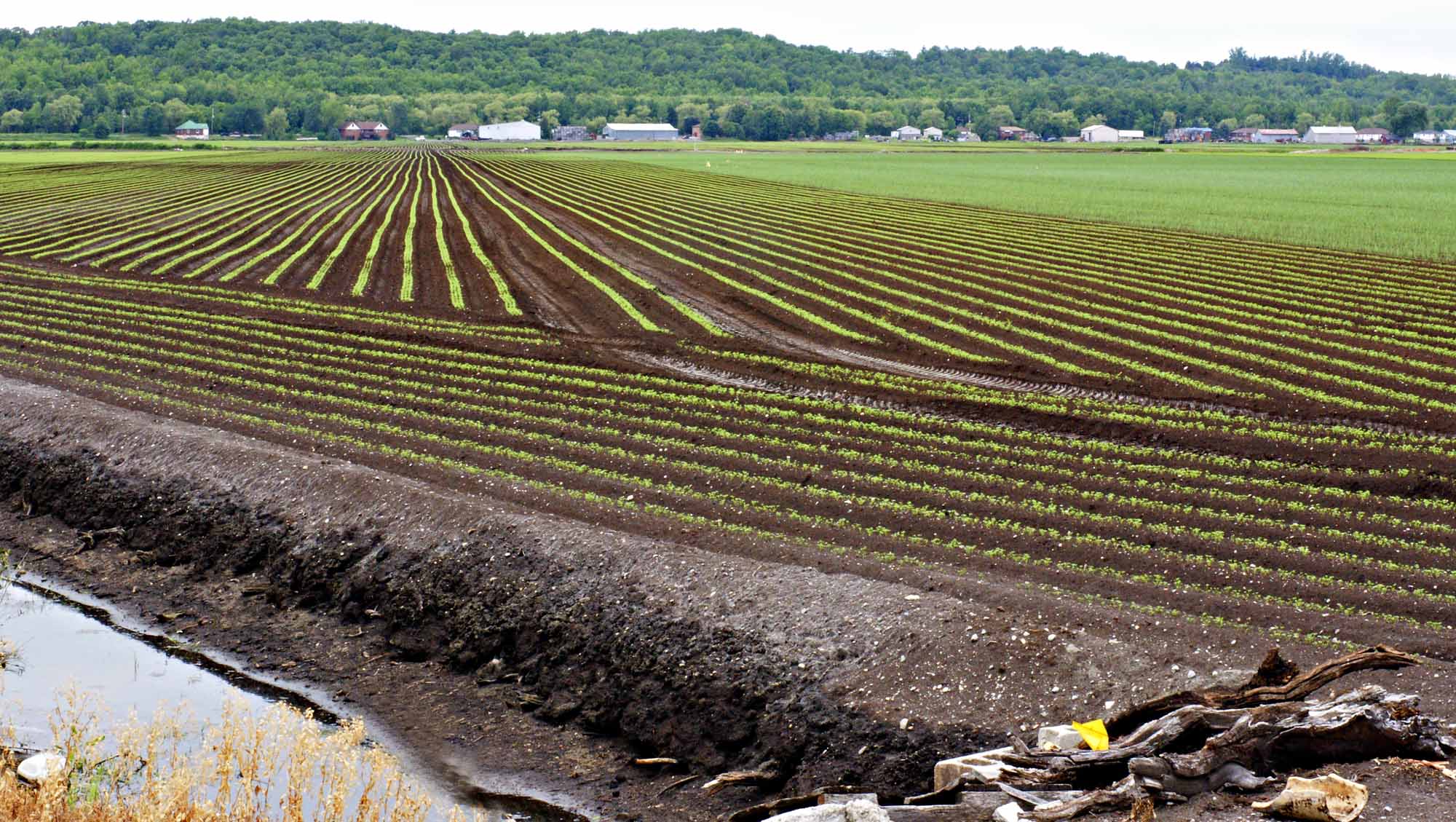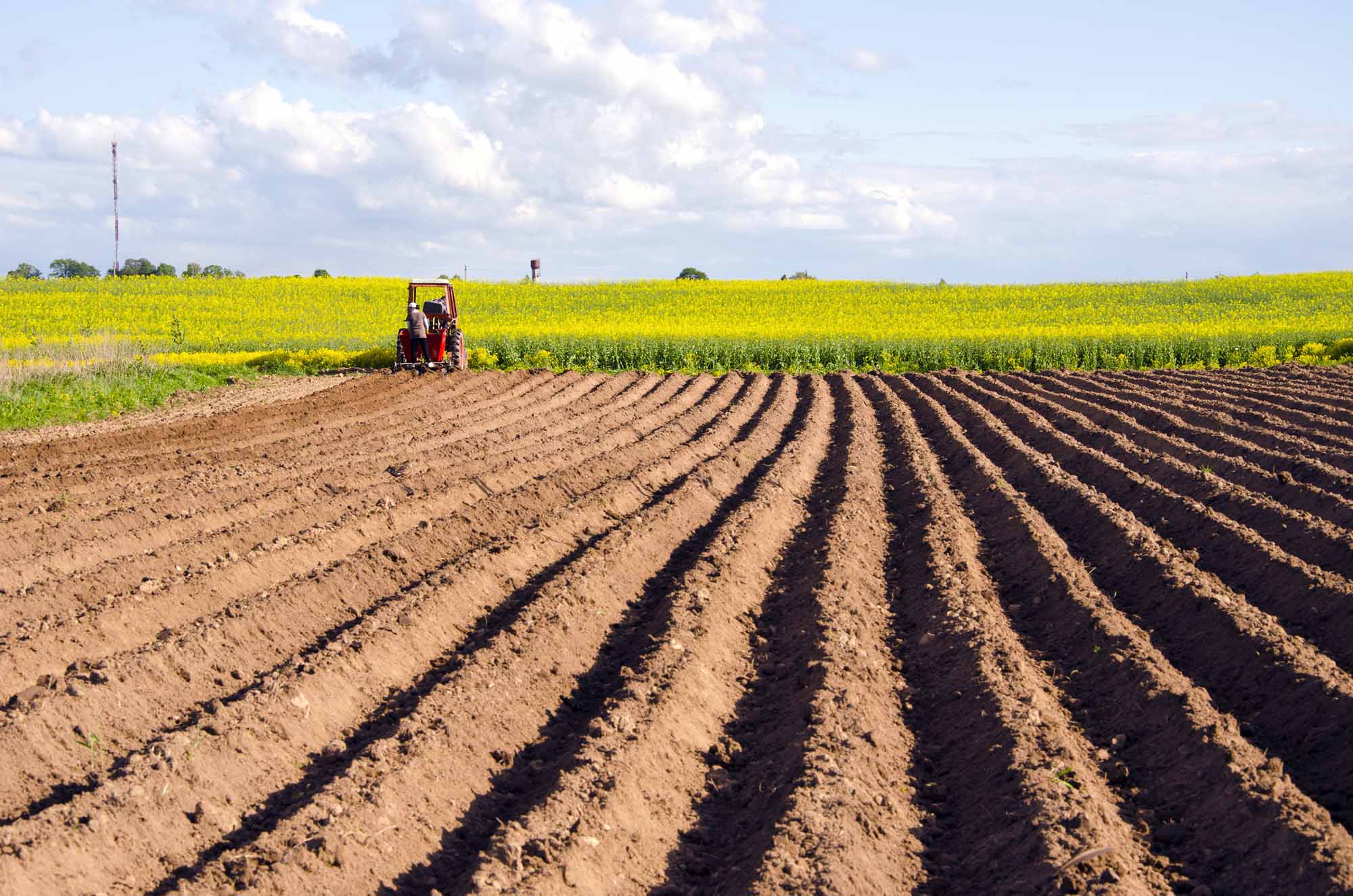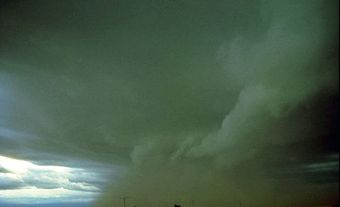
How is Soil Formed?
Soil forms continuously over time as rock breaks down through physical, chemical and biological processes. Physical weathering occurs from friction between rocks or stresses caused by temperature changes and frost. Chemical weathering occurs when water, air or other chemicals interact with rock and change its composition. Biological weathering owes to the impact of plants and animals.
Soil can form close to its bedrock source, but it can also develop from deposits of weathered material that have accumulated through the movement of water, ice, wind and gravity. A couple centimetres of soil can take hundreds of years to form.
Importance of Soil
Soil is at the heart of terrestrial ecology. It is part of a multitude of landscapes and ecosystems, both natural and anthropogenic (human-made), where it evolves while interacting with other constituents such as water, air, vegetation and fauna. The active processes in soil strongly influence terrestrial ecosystems and make it one of the most important resources on Earth.
The five key roles of soil show its importance:
1. Soil contributes to plant growth by providing structural support, core nutrients and a favourable environment for root development. Soil properties have an impact on the number and type of plant and animal species that can inhabit a given environment.
2. Soil cleanses the water. It acts as a living filter for drinking water.
3. Soil recycles plant material and animal waste. Organisms in soil break down these organic materials, and the carbon and nitrogen produced in the process are sequestered (stored) in soil. Approximately 80 per cent of the carbon in the biosphere (the sum of Earth’s ecosystems) is stored in soil.
4. Soil provides a habitat for a multitude of living organisms, including bacteria, insects, earthworms and rodents. A spoonful of soil can contain billions of organisms.
5. Soil is used as building material and as a support for a number of infrastructures, such as buildings, roads and airports. Knowledge of soil properties is an essential component of engineering.
Soil as a Resource
Societies have used, and continue to use, soil for agriculture, ranching, leisure, forest exploitation and landspreading wastes (see Waste Disposal). Soil has been used in the construction of houses, buildings and road foundations, and as a source of metals such as iron, aluminum and gold. Biomass — the non-fossilized plant material and animal waste supported by the soil — is used in the production of biofuels such as bioethanol and biodiesel (see Biomass Energy).
Soil Conservation
Contrary to widespread belief, soil is not a renewable resource. This means that losses of soil or soil quality cannot be regained within a human lifetime. In fact, the progressive degradation of its qualities, caused by erosion and the abusive use of lands, progresses very quickly and far exceeds regeneration by the natural processes that transform rock to soil.
Erosion presents a major threat to Earth’s soil resources. This natural process is exacerbated by unsustainable agricultural practices (e.g., the destruction of ground cover and overuse of heavy machinery) and urban development tied to population growth. Such challenges must be met with innovative ways to protect the soil while producing enough food and biomass.
Many Canadian farmers have adopted land cultivation practices that promote the fertility of soils and protect their role as a natural carbon sink (see Climate Change). Since 1991, methods of preparing land for seeding have shifted dramatically. In that year, 68.9 per cent of farmland was conventionally tilled by turning up the soil, a process that releases sequestered carbon back into the atmosphere. Over the next two decades, no-till seeding and less disruptive conservation tillage techniques came to represent 81 per cent of soil management on farms, while the use of conventional tillage was reduced to 19 per cent (see also Soil Conservation; Agricultural Soil Practices). Crop rotation, the use of fallow, and even natural snow cover on farmland also help conserve organic material in soil.
Since 2014, a team of scientists at Agriculture and Agri-Food Canada have been developing the A-Horizon Framework, an innovative “soil fingerprinting” system that agricultural producers can use to monitor and respond to changes in soil quality (see also Soil Science).
See also Soil Classification.

 Share on Facebook
Share on Facebook Share on X
Share on X Share by Email
Share by Email Share on Google Classroom
Share on Google Classroom









